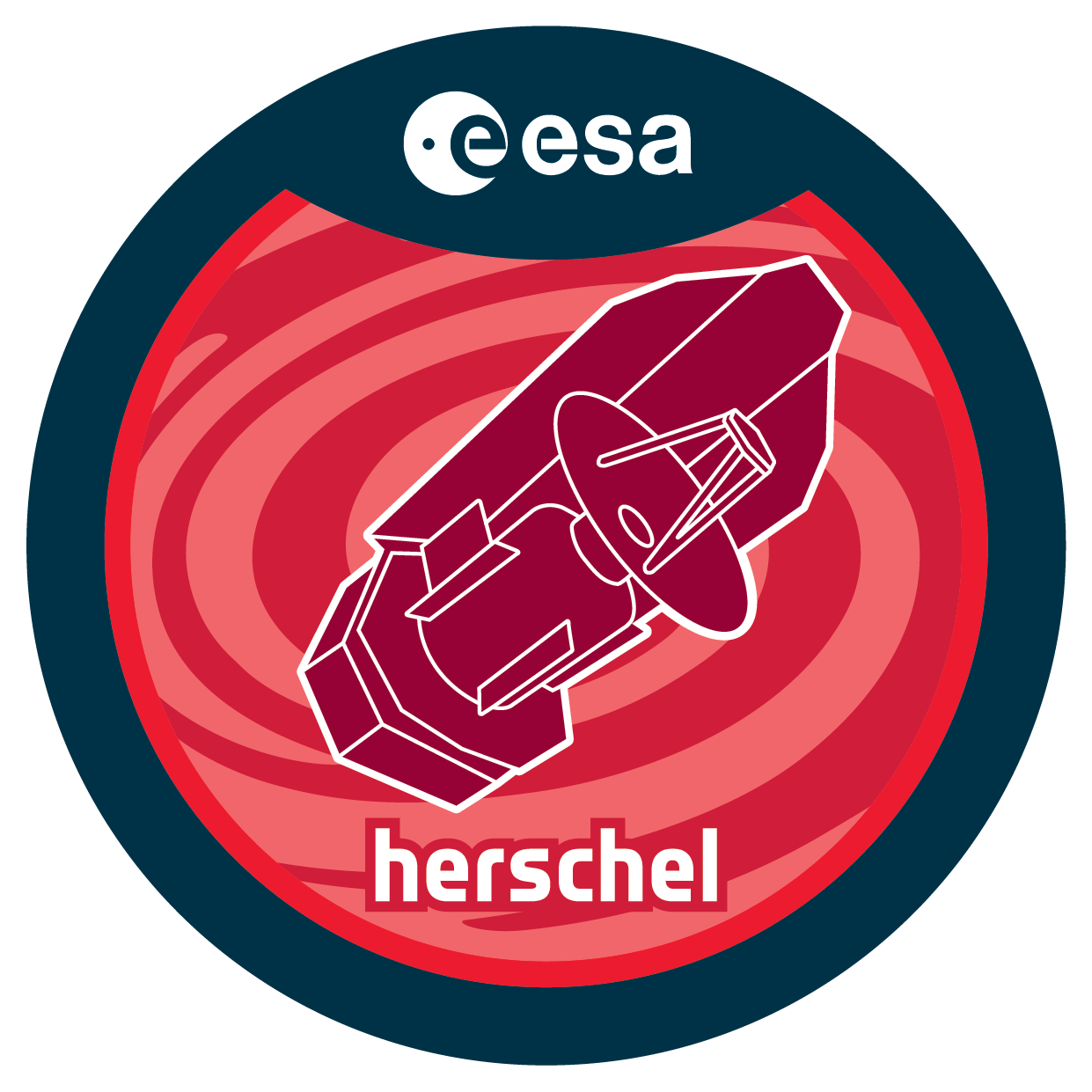

| Name | OT2_pkervell_2 |
| Title | The stellar wind of two Galactic Cepheids: a key to solve the evolutionary/pulsational mass discrepancy |
| URL | http://archives.esac.esa.int/hsa/whsa-tap-server/data?retrieval_type=OBSERVATION&observation_id=1342256778&instrument_name=PACS&product_level=LEVEL0&compress=true |
| DOI | https://doi.org/10.5270/esa-y42j7dl |
| Author | kervella, p. |
| Description | Thanks to their Period-Luminosity law, Cepheids are among the mostimportant class of stars. The recent discovery of circumstellar envelopes(CSEs) around Cepheids is an indication that many Cepheids, if not all,are surrounded by CSEs. The bright classical Cepheids RS Pup anddelta Cephei are particularly interesting members of their famousclass of variable stars, as they are known to be surrounded by largeCSEs. Following our PACS and SPIRE imaging observations of the dustycircumstellar envelopes of these two Galactic Cepheids in OT1, werequest spectroscopic observations of the same two targets to measurethe physical conditions and composition of their stellar winds. Ourscientific goal is to determine the physical conditions in the stellarwinds, and pinpoint, in combination with other observations, the massloss rate of these two benchmark stars. There is still today a significantdiscrepancy between the Cepheid masses estimated from evolutionarymodeling, and pulsation modeling. The evolutionary modelingsystematically predicts higher masses than the instantaneous,dynamical pulsating masses. This may indicate that massive starsexperience significant mass loss episodes during their Cepheid phase.We aim at testing the hypothesis that pulsation driven stellar winds occurduring the crossing of the instability strip, and are at the originof this discrepancy. |
| Publication | |
| Instrument | PACS_PacsRangeSpec_point |
| Temporal Coverage | 2012-12-04T04:30:29Z/2013-01-29T16:58:36Z |
| Version | SPG v14.2.0 |
| Mission Description | Herschel was launched on 14 May 2009! It is the fourth cornerstone mission in the ESA science programme. With a 3.5 m Cassegrain telescope it is the largest space telescope ever launched. It is performing photometry and spectroscopy in approximately the 55-671 µm range, bridging the gap between earlier infrared space missions and groundbased facilities. |
| Creator Contact | https://support.cosmos.esa.int/h®erschel/ |
| Date Published | 2013-07-29T15:43:37Z |
| Last Update | 2025-01-24 |
| Keywords | Herschel, HSC, submillimetre, far-infrared, HIFI, PACS, SPIRE |
| Publisher And Registrant | European Space Agency |
| Credit Guidelines | European Space Agency, kervella et al., 2013, 'The stellar wind of two Galactic Cepheids: a key to solve the evolutionary/pulsational mass discrepancy', SPG v14.2.0, European Space Agency, https://doi.org/10.5270/esa-y42j7dl |